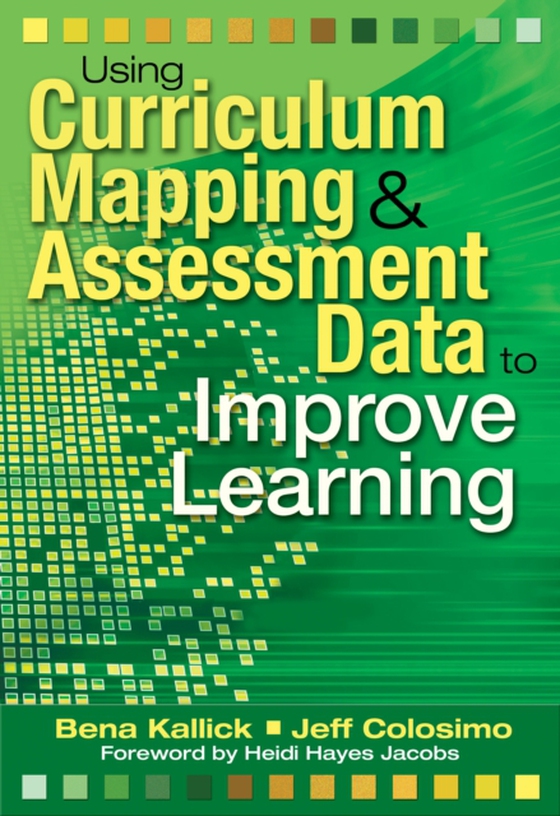
Using Curriculum Mapping and Assessment Data to Improve Learning e-bog
209,76 DKK
(inkl. moms 262,20 DKK)
"e;Kallick and Colosimo have created a terrific book to help readers consider the next steps in using curriculum mapping, assessment, and technology to generate vibrant and productive learning communities."e;-From the Foreword by Heidi Hayes Jacobs"e;This book will help schools everywhere consider the essential questions that great teachers ask, not just in one classroom but across ...
E-bog
209,76 DKK
Forlag
Corwin
Udgivet
3 juli 2008
Længde
144 sider
Genrer
JNDG
Sprog
English
Format
pdf
Beskyttelse
LCP
ISBN
9781452296999
"e;Kallick and Colosimo have created a terrific book to help readers consider the next steps in using curriculum mapping, assessment, and technology to generate vibrant and productive learning communities."e;-From the Foreword by Heidi Hayes Jacobs"e;This book will help schools everywhere consider the essential questions that great teachers ask, not just in one classroom but across disciplines and grade levels."e;-Michael Robinson, Head of SchoolLake Forest Country Day School, ILEnhance instructional planning and learning outcomes through data-based decision making!Today's educators are presented with data from multiple sources, including curriculum maps and national, state, and local assessments. How can educators make sense of the information from these different sources to improve student achievement?Using Curriculum Mapping and Assessment Data to Improve Learning presents effective methods for using data from multiple sources to inform decision making and enrich instructional practices. Data experts Bena Kallick and Jeff Colosimo provide guidance for reviewing curriculum maps, protocols for analyzing student work and assessment data, information about using technology to support the process, and three real-life case studies as examples. The authors help readers successfullyAnalyze assessment data and curriculum data to revise and improve curriculumFacilitate crucial conversations and professional dialogue Engage faculty as a team to create meaningful consensusChange school culture and give teachers incentives to sustain improvementsBy making data-driven decisions, all educators-from classroom teachers and building principals to district administrators and curriculum specialists-can dramatically improve student performance and create an environment that encourages optimism and increases opportunity.
 Dansk
Dansk

